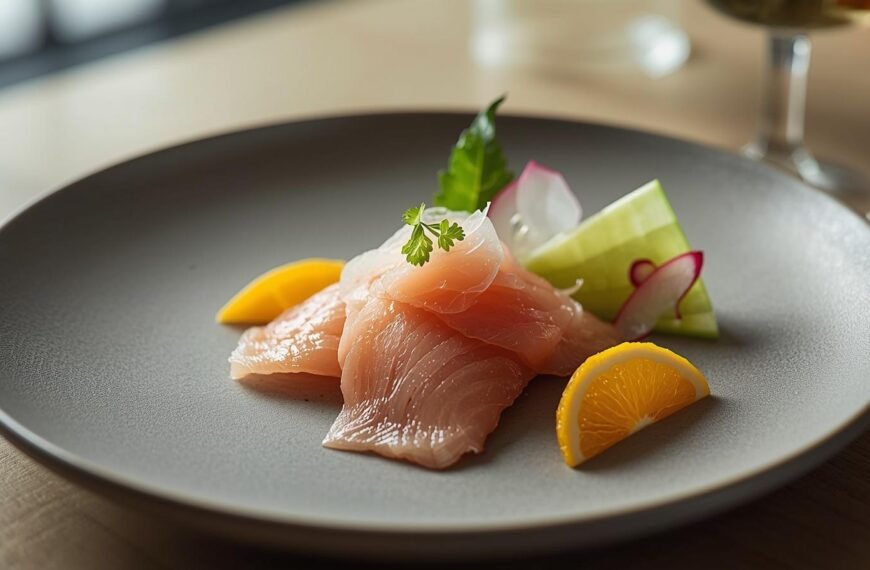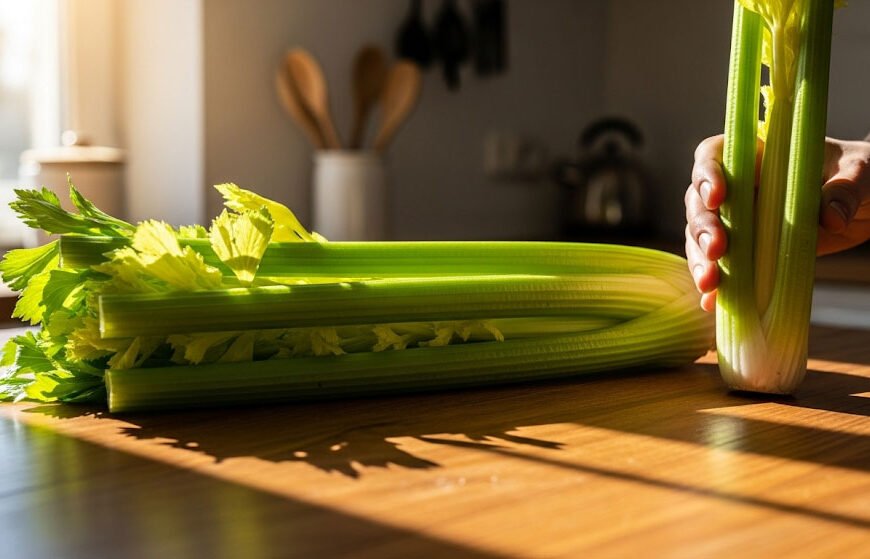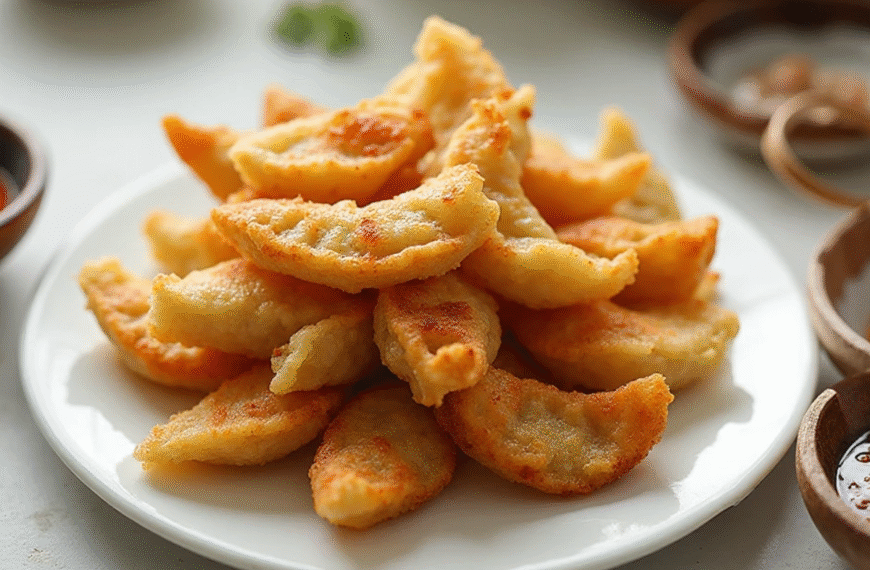In an age where food trends shift as quickly as TikTok challenges, there’s something deeply comforting and delicious about the timeless art of charcuterie. Rooted in centuries-old traditions, charcuterie is making a major comeback on menus and home dining tables across the UK. Whether it’s an indulgent board of cured meats at your favourite wine bar or a homemade spread prepared for a weekend gathering, charcuterie brings elegance, flavour, and a sense of occasion to any meal.
But charcuterie is more than just placing meats on a wooden board. It’s a celebration of preservation, craftsmanship, and quality ingredients. Let’s explore why charcuterie remains one of the most beloved culinary traditions in the world and how you can bring its magic into your own kitchen.
A Brief History of Charcuterie
Charcuterie (pronounced shahr-koo-tuh-ree) originates from France, where butchers—known as charcutiers—specialised in preserving meats before refrigeration existed. Through methods such as curing, smoking, and fermenting, these artisans crafted an array of delicacies that didn’t just preserve food but transformed it.
Today, the legacy lives on, not only in France but in Italy, Spain, Germany, and increasingly, in the UK. From traditional English Cumberland sausage to Spanish jamón and Italian coppa, each region offers its own take on the art of charcuterie.
The Charcuterie Renaissance in the UK
Across London and beyond, charcuterie boards are becoming the centrepiece of modern dining. Whether it’s at rustic gastropubs, artisan markets, or specialty delis, cured meats are being celebrated for their rich flavours and unique textures. What’s more, British producers are embracing local ingredients to create cured meats with a distinctive twist—think wild boar salami from Yorkshire or game terrines sourced from Scottish estates.
This renewed interest reflects a broader cultural shift toward mindful eating and artisanal food. People are seeking out quality over quantity, and charcuterie fits this movement perfectly.
Must-Try Classics and Hidden Gems
No charcuterie experience is complete without a mix of meats, pâtés, and accompaniments. Here are some essentials to explore:
- Pate en croute: A French classic that’s as impressive visually as it is flavourful. This dish features rich pâté encased in golden pastry and is often layered with pistachios, mushrooms, or foie gras. It’s a showstopper on any charcuterie board and offers a beautiful blend of textures and tastes.
- Salami: This globally loved cured sausage is incredibly versatile, coming in countless variations. From the spicy Calabrese to the herbaceous fennel-infused finocchiona, salami offers bold, complex flavours that pair well with cheeses, olives, and crusty bread.
- Rillettes: A spreadable meat preparation, usually pork or duck, slow-cooked and shredded into a rich, savoury paste. It’s perfect on toasted sourdough or crackers.
- Bresaola: Air-dried, salted beef from Italy that’s lean and tender. Serve it with a drizzle of lemon juice, olive oil, and shaved Parmesan for a light, refreshing option.
Building the Perfect Charcuterie Board at Home
Creating your own charcuterie board doesn’t have to be intimidating. Here are a few tips to get started:
- Mix Textures and Flavours: Combine soft and hard meats, spicy and mild flavours. Pair with creamy cheeses like Brie or crumbly varieties like Stilton.
- Add Sweet and Sour Elements: Chutneys, pickles, and dried fruits balance the richness of cured meats.
- Choose Quality Over Quantity: A few thoughtfully selected items are better than a cluttered board.
- Don’t Forget the Bread: Offer a variety like sourdough slices, seeded crackers, or grissini.
Pairings that Elevate the Experience
Charcuterie is best enjoyed with the right drink in hand. Try pairing bold cured meats with full-bodied reds like a Malbec or a classic Rioja. For lighter items like pâtés and white meats, a crisp white wine or even a dry cider can be perfect. If you prefer beer, go for Belgian-style ales or dark lagers that match the meat’s complexity.
Supporting Local Charcuterie Artisans
The rise in popularity of charcuterie in the UK has also supported a growing number of independent producers. From small-batch salumerias in the Cotswolds to urban charcutiers in East London, there’s no shortage of places to explore and support.
Many of these producers are committed to sustainability, using ethically sourced meats and natural curing methods. Buying from them means you’re not only enjoying great food but also supporting craftsmanship and responsible farming.
Final Thoughts
Charcuterie is more than a trend—it’s a celebration of tradition, flavour, and the beauty of slow food. Whether you’re exploring a local farmer’s market or experimenting at home, there’s joy in discovering the nuances of every slice, spread, and pairing.
So next time you’re planning a gathering, skip the ordinary snacks and serve up a charcuterie board that tells a story. With items like pâté en croûte and salami at the heart of your spread, you’re guaranteed to impress.









